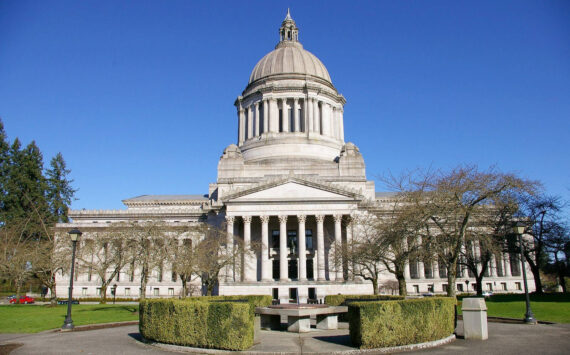“Washington State has had the largest increase in filers for the federal Earned Income Tax Credit nationwide, according to Governor Gary Locke.The tax credit brought an additional $29.2 million into the state compared to 1998. The funds came mostly in the form of refund checks to low and moderate-income families. The EITC assisted 301,904 households in the state in 1999 – 3,667 more households than last year, according to data compiled by the Internal Revenue Service.Locke praised state workers for spreading the word about the EITC.Washington state employees worked very hard to tell people about the EITC this year, Locke said. I am proud of their efforts and very pleased that the EITC helped so many working families make ends meet.Increasing the use of the EITC has been critical to the governors strategy for welfare reform known as WorkFirst.Because workers can receive the EITC in the form of a cash refund, this tax credit can increase a low-income familys earnings by as much as 40 percent, Locke said. The EITC helps make work more attractive than welfare, provides working families with some financial stability, and significantly reduces poverty.According to data from the U.S. Census Bureau, the EITC brought 4.8 million people, including 2.6 million children, over the poverty line in 1998.The EITC also spurs economic development by bringing more money into local communities. This year, the EITC was worth a total of $436 million to Washington residents – $29.2 million more than last year. Over $348 million came directly into the state in the form of cash refunds to workers.According to the Washington, D.C. Center on Budget and Policy Priorities, 80 percent of EITC benefits go directly back to workers in the form of cash refunds, and 20 percent return to pay workers taxes owed to the IRS. Taxpayers can receive an EITC refund check even if he or she owes nothing in taxes.Washington was among only four states that saw an increase in the number of households receiving the credit this year.This year, the EITC is available to workers with children earning less than $30,580, and to childless workers making less than $10,200 a year. The maximum credit was $3,756. On average, Washington residents who filed for the credit received $1,445.”
More Stories From This Author
High costs may force ferry...
By Jerry Cornfield, Washington State Standard
Public Notice-NPDES
By Amanda Kahlke amanda.kahlke@tacomadailyindex.com
CITY OF TACOMA-ASSESSMENT ROLL HEARING
By Amanda Kahlke amanda.kahlke@tacomadailyindex.com
City of Tacoma-REQUEST FOR PROPOSALS
By Amanda Kahlke amanda.kahlke@tacomadailyindex.com
High costs may force ferry electrification program off course
Washington aspires for its largest-in-the-nation fleet of passenger ferries to operate reliably and emission-free by 2050.
By Jerry Cornfield, Washington State Standard • July 10, 2025 5:12 am
WA State Parks says budget cuts won’t undermine visitor access this summer
Though Washington State Parks, like other parts of state government, did not make it through this year’s legislative session with…
By Emily Fitzgerald, Washington State Standard • July 9, 2025 5:12 am
WA’s members of Congress react to passage of ‘Big Beautiful Bill’
Bold, beautiful, bloated, ugly. How the legislation is described depends who you ask. But Republicans’ “One Big Beautiful Bill Act”…
By Jerry Cornfield, Washington State Standard • July 8, 2025 5:12 am




